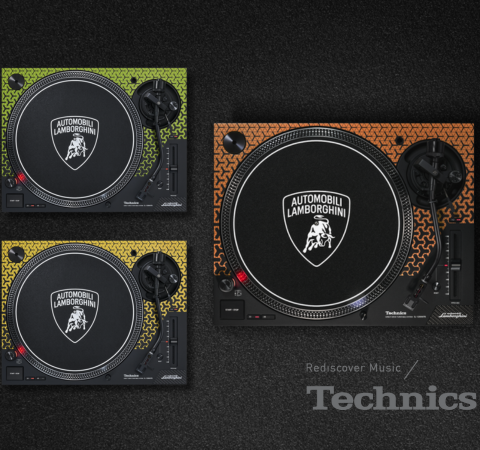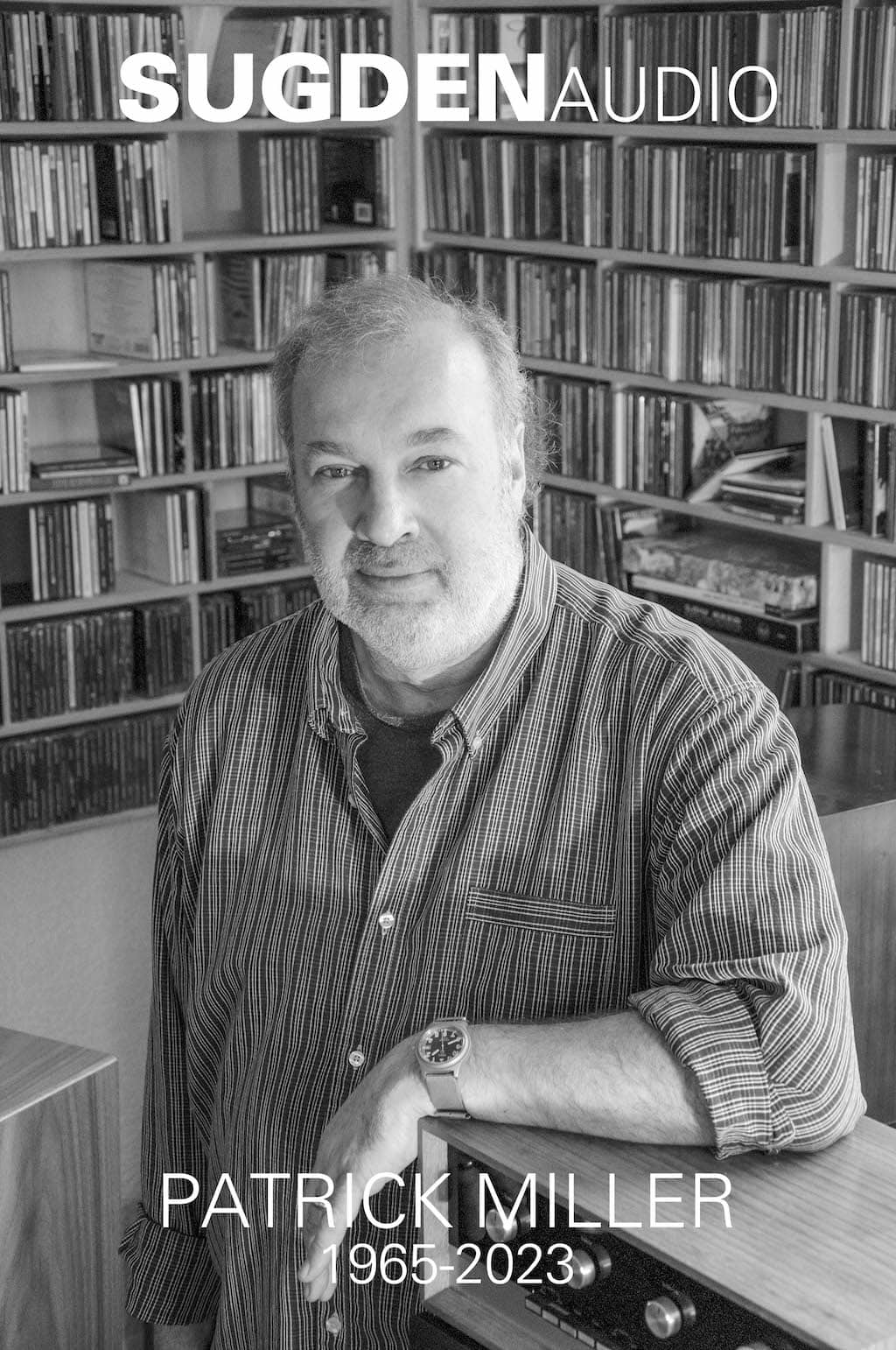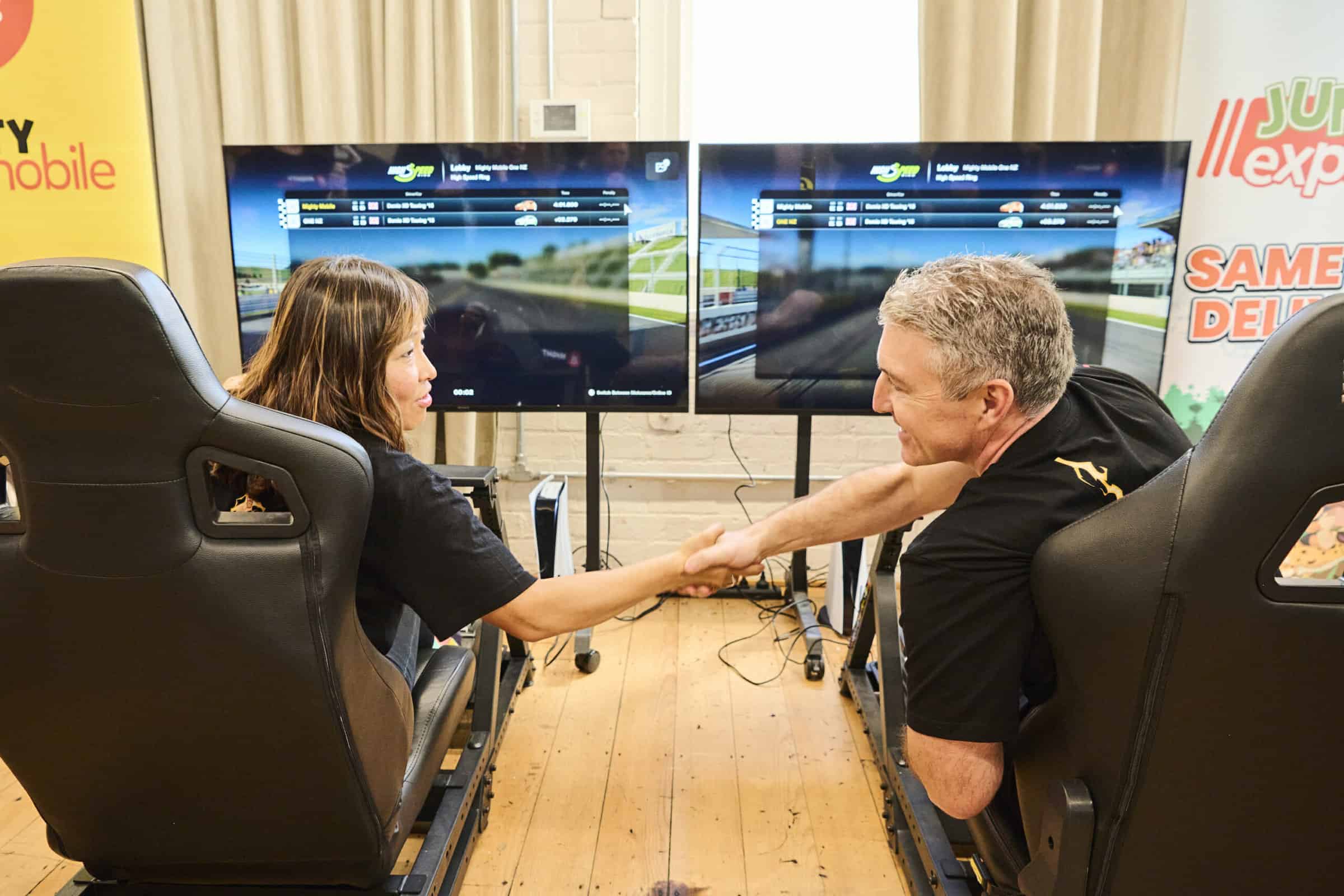
After more than five decades of the famous “F” lens mount, there’s a new lens mounting system from Nikon. It’s called the 1 mount and it just happens to be part of the new Nikon 1 camera system, which is a range of hybrid interchangeable lens bodies and lenses.
The arrival of these new cameras was no real surprise. Yes the details were kept well under wraps but the hybrid category is growing at a rapid rate and there’s absolutely no way that the two biggest players in the camera game (Canon and Nikon) were going to stay out of it for long and leave the playing field open to the rest of the gang.
Initially there are two bodies in the 1 range, the V1 and the J1, along with four matching lenses (a pancake, a zoom, a superzoom and a powered lens designed for video capture) and a number of accessories such as flash units and GPS receivers. These cameras are aimed at a consumer market, so they’re packed with friendly features and simple menus but they don’t lean to far in the direction of serious shooters who demand the utmost in manual control or hyper-invasive access to all aspects of the camera’s operation.
I had the chance to get to know the 1 system better at a launch in Shanghai and thus far, pending an in-depth review, I’m quite impressed. The V1 is the more capable and upmarket model and has an electronic viewfinder (EVF), while the J1 is a flat top model sans EVF but with a built in flash. Both bodies feature a new “CX” sensor.

Generally, sensors can be broken down into compact (a wide range of tiny little things), DX or APS-C (the standard DSLR sensors, which are much larger than compact sensors) and full frame (the same size as 35mm film). The CX sensor sits between DX and compact, but is much larger than a compact sensor – this has allowed Nikon to reduce the size of the mount and the optics, making for a really small set of lenses, especially when they’re retracted to their shortest length.
The reduced size sensor has generated some criticism because one of the main objectives of any small hybrid camera is to allow the use of a DSLR sized sensor without needing a huge DSLR style body to stick it on. As the Nikon representatives pointed out, the CX sensor is still comparatively huge, especially considering that it carries “only” 10 Megapixels. A smidgen of a sensor in a standard compact camera can generate brilliant images if the MP count is kept low – one just has to consider the output from Canon’s G12 or S95 compacts to see what is possible. So a bigger sensor with the same amount of pixels should theoretically be even better but my high ISO test regimen will reveal all in time.
The 1 cameras have some very cool features including:
The ability to shoot at 10 frames per second (fps) just like the best hyperactive DSLRs or even a massive 60fps in fixed focus mode
Full HD video as well as slow motion video capture at up to 1,200fps
Fast Autofocus (AF) using up to 73 focus points
A high speed Expeed 3 image processor
Motion Snapshot and Smart Photo Selector modes
The lenses include:
10-30mm f3.5-5.6 (27-81mm equivalent 35mm)
30-110mm f3.8-5.6 (81-297mm equivalent 35mm)
10mm f2.8 (27mm equivalent 35mm)
10-100mm f4.5-5.6 powered zoom (27-270mm equivalent 35mm)
The cameras will initially be available in black or gloss white (lenses too).
Final NZ pricing should be with us in the next week or so – more information can be found at www.nikon.co.nz














